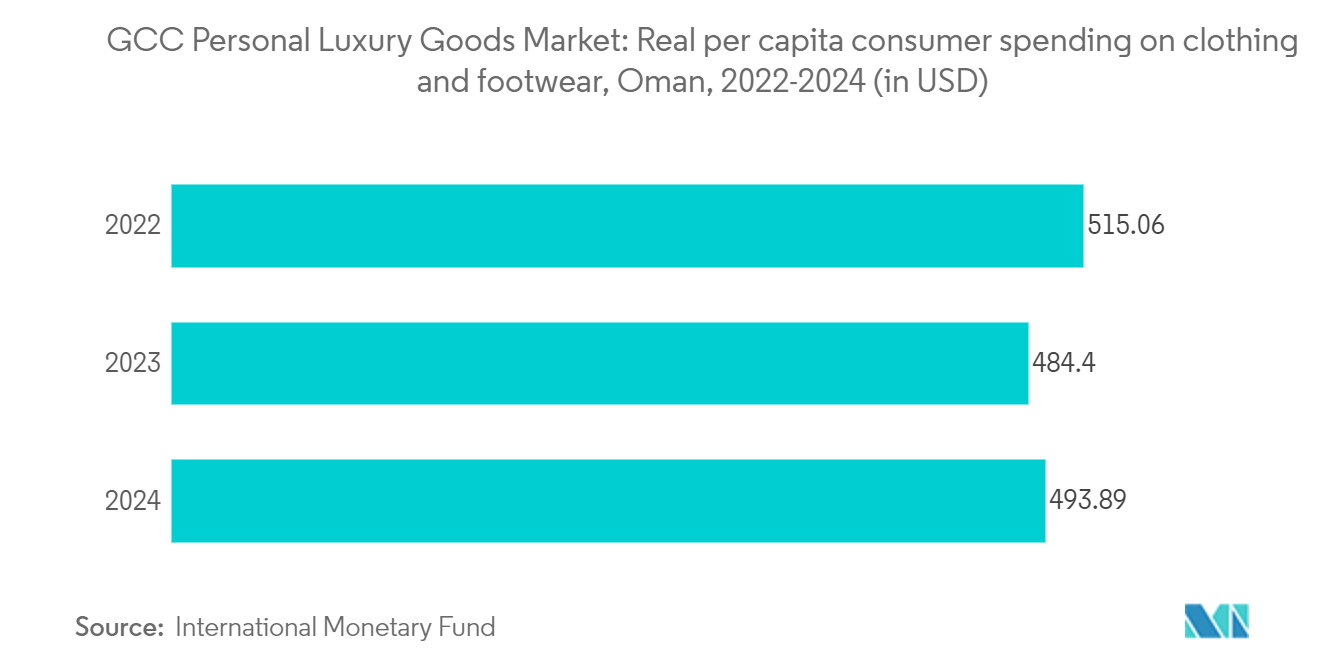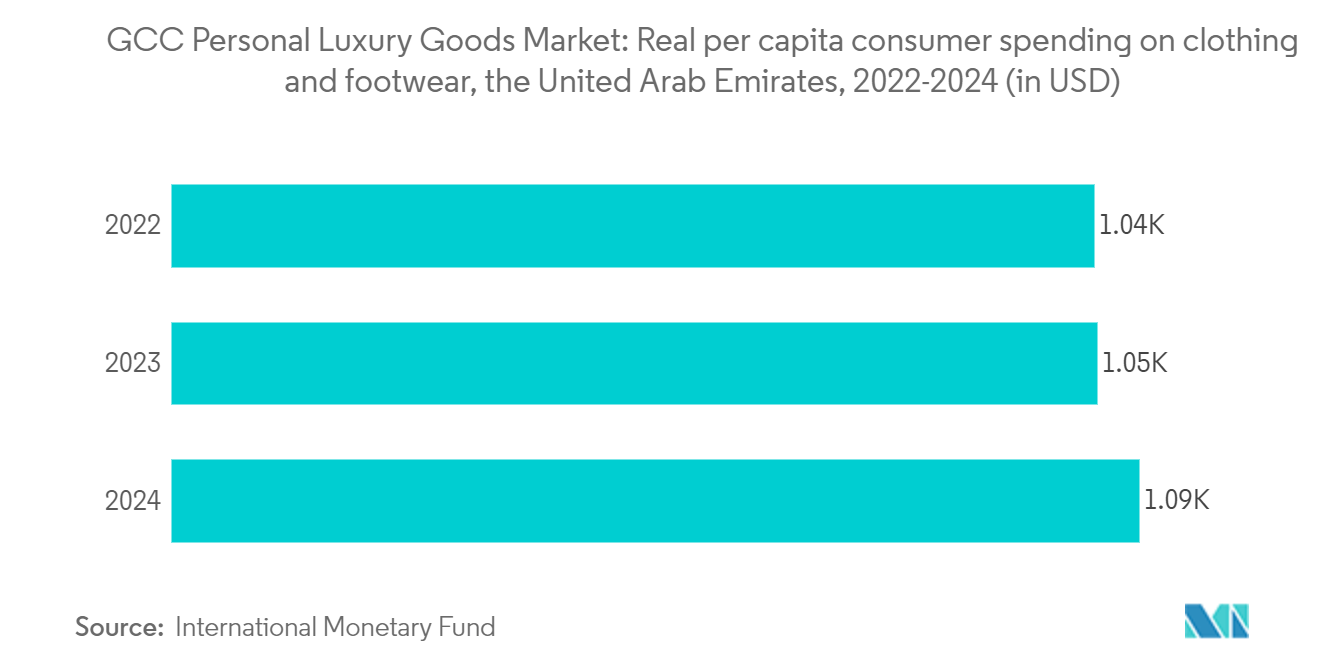Market Trends of GCC Luxury Goods Industry
Sales of Clothing and Apparel Drive the Market
Several key factors drive the demand for luxury clothing and apparel in GCC countries, including a growing fashion consciousness, the expansion of luxury brands, and a surge in tourism. Consumers in GCC nations, especially in Saudi Arabia, the UAE, and Qatar, possess substantial disposable incomes, leading to increased spending on luxury goods. For example, the World Bank reported a decline in the youth unemployment rate in the UAE, from 2.87% in 2022 to 2.71% in 2023. This rising disposable income, combined with proactive initiatives from brands to introduce regional offerings, bolsters the market growth. Furthermore, events like Dubai Fashion Week generate significant buzz, influencing consumer preferences for luxury apparel. These events, featuring renowned designers, attract premium customers globally, further fueling market expansion. For instance, in September 2024, Dubai Fashion Week (DFW) unveiled its Spring/Summer 2025 edition, spotlighting both established and emerging global designers. Notably, brands like Keepa showcased their Spring/Summer 2025 collection, while the illustrious Italian fashion house Roberto Cavalli debuted their Spring/Summer 2025 apparel. Such high-profile events, alongside the region's opulent presentations, are poised to draw an even wider audience to the luxury market.

The United Arab Emirates Accounts for the Largest Market Share
Luxury is deeply ingrained in the UAE's culture, with consumers consistently drawn to products that resonate with their affluent lifestyle. This luxury inclination spans a wide spectrum, from everyday clothing to occasional accessories. Bolstered by rising disposable incomes, both young and adult consumers are increasingly indulging in luxury purchases. Notably, luxury watches, jewelry, and accessories have emerged as top choices among consumers. The UAE, a global tourist hotspot, draws millions each year. According to data from the Dubai Statistics Center, WTO, and other sources, the UAE attracted around 22 million international tourists in 2022. Many of these tourists, already connoisseurs of luxury, actively seek out high-end items during their visit. Often, they buy these luxury goods as souvenirs or gifts, fueling the market expansion. This demand is further amplified by diverse offerings of premium products at competitive prices. The surging trend of high-end gifting has significantly heightened the demand for luxury items, especially accessories and footwear. Items such as caps, hats, wallets, ties, and scarves have gained popularity, owing to their gifting appeal. This shift underscores a broader inclination towards premium and exclusive products that symbolize sophistication and status. The market is bustling with numerous players, each offering a diverse array of high-end goods. Key strategies in the market include the establishment of new retail outlets and the introduction of products crafted from unique materials. A prime example is Cartier, a leading brand in the watch segment, which unveiled its new 'Cartier Libre Polymorph' collection in March 2024, featuring luxury watches and jewelry, further solidifying its presence in the UAE.


